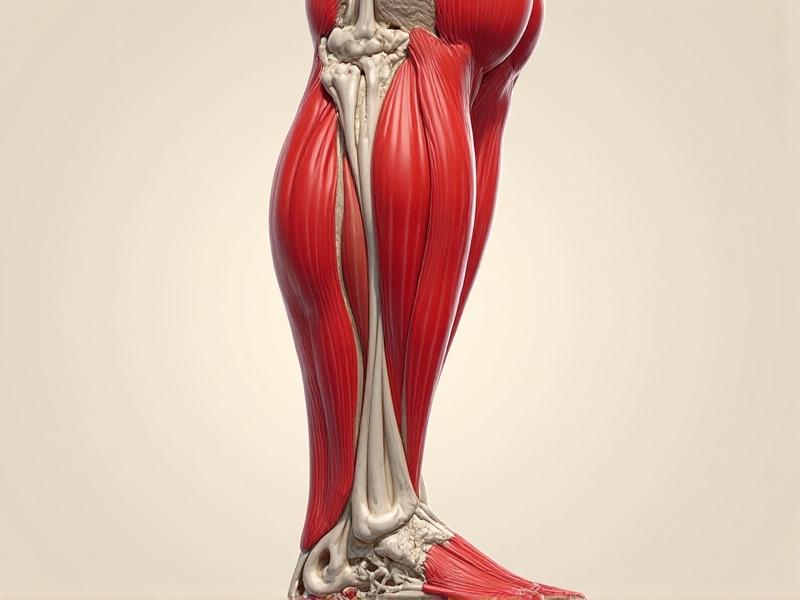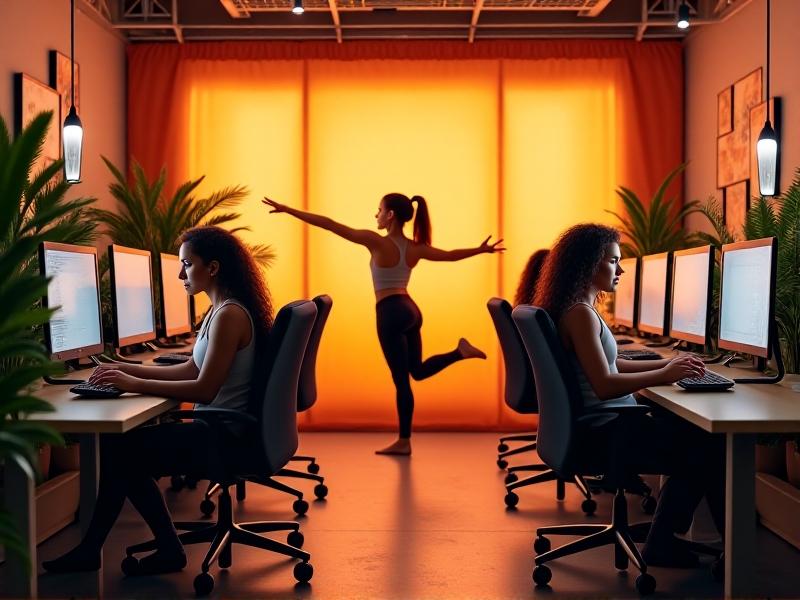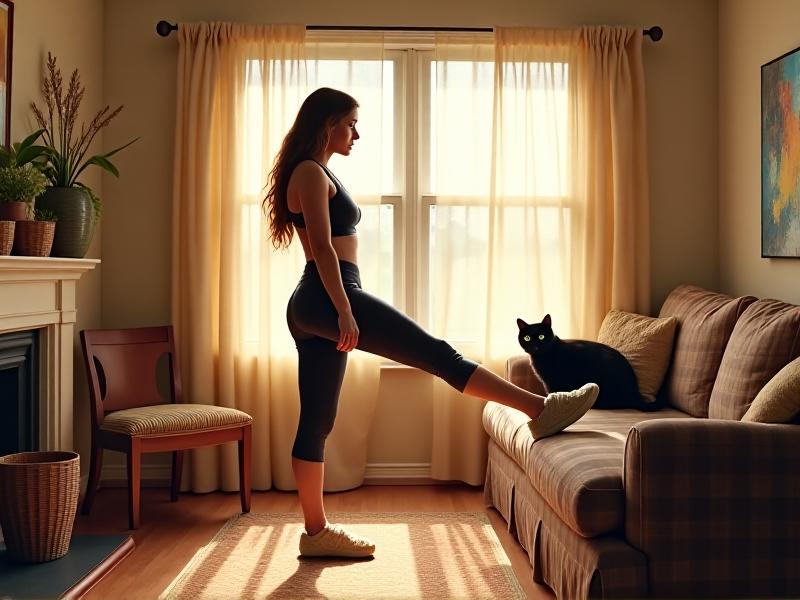```html
The Hidden Power of Micro-Movements
Modern lifestyles often trap us in prolonged static postures—slouched at desks, glued to screens, or commuting in cramped seats. Over time, this inertia breeds stiffness, discomfort, and even chronic pain. Enter micro-movement protocols: subtle, intentional shifts in posture or motion designed to counteract the rigidity of sedentary habits. Unlike strenuous workouts, these small actions require minimal effort but yield significant benefits by keeping joints lubricated, muscles engaged, and fascia supple. Imagine tapping your toes while seated or rolling your shoulders during a Zoom call—these micro-movements are the unsung heroes of musculoskeletal health.

Why Stiffness Occurs: A Biological Perspective
Stiffness arises when muscles and connective tissues lose their elasticity due to inactivity. Fascia—the web-like tissue surrounding muscles—adheres to itself when not regularly stretched, creating tension. Synovial fluid, which lubricates joints, thickens without movement, reducing mobility. Even minor tasks like typing can cause repetitive strain if paired with poor posture. Research shows that sitting for over 30 minutes slows blood flow to the legs by 50%, accelerating muscle atrophy. Micro-movements disrupt this cycle by stimulating circulation and preventing tissue dehydration, acting as a "reset button" for the body.

Office Warriors: Protocols for Desk-Bound Professionals
For office workers, micro-movements can transform a sedentary workday. Try the "Seated Spinal Wave": slowly roll your pelvis forward and backward to engage core muscles while breathing deeply. Set hourly reminders to perform wrist circles or ankle rotations to combat stiffness from typing. The "Ninja Neck Nod"—tilting the head slightly side-to-side while keeping shoulders relaxed—eases cervical tension. Pair these with standing desk transitions; shifting weight from heel to toe every 20 minutes activates calf muscles and improves venous return.

Home Habits: Integrating Micro-Movements into Daily Life
Turn household routines into movement opportunities. While brushing teeth, practice heel lifts or single-leg balances to engage stabilizer muscles. During TV commercials, try the "Wall Angel": press your back against a wall and slowly slide arms upward to improve shoulder mobility. Cooking? Incorporate mini-squats while waiting for water to boil. These micro-practices accumulate, fostering flexibility without requiring dedicated workout time. Even reclining on the couch offers chances for diaphragmatic breathing paired with gentle toe flexes to maintain foot health.

Athletic Applications: Micro-Movements for Fitness Enthusiasts
Gym-goers often overlook micro-movements in favor of high-intensity training, yet they’re crucial for injury prevention. Incorporate “dynamic resets” between sets: after heavy squats, perform controlled hip circles to maintain joint mobility. Yoga practitioners can enhance poses with micro-adjustments—slightly rotating palms during downward dog to relieve wrist pressure. Runners benefit from ankle alphabets (tracing letters with toes) post-workout to prevent Achilles tightness. These small tweaks optimize performance by addressing overlooked muscle groups.
The Pitfalls: Common Micro-Movement Mistakes to Avoid
While simple, these protocols require mindfulness. A frequent error is overcompensation—jerking the neck during stretches instead of moving slowly. Others neglect asymmetry, favoring dominant sides. Ensure balanced movement: if you circle wrists clockwise five times, repeat counter-clockwise. Avoid “motion without intention”; haphazard fidgeting lacks the neurological engagement of purposeful micro-movements. Lastly, consistency trumps duration—five deliberate shoulder rolls hourly beats a 10-minute morning routine forgotten by noon.
Sustaining Change: Making Micro-Movements Second Nature
Habit-stacking proves effective: pair micro-movements with existing routines like checking emails or brewing coffee. Use technology wisely—fitness trackers with inactivity alerts or posture-correcting wearables. Gamify progress by tracking “movement minutes” in a journal. Social accountability helps too; challenge coworkers to hourly mobility breaks. Over time, these practices rewire the brain’s movement patterns, transforming stiffness prevention into an unconscious habit.
Beyond Flexibility: The Lifelong Benefits of Small Shifts
Regular micro-movement practice offers rewards beyond physical health. Improved posture boosts confidence and respiratory efficiency. Enhanced proprioception—the body’s spatial awareness—sharpens coordination, reducing fall risks in later life. Mentally, these mindful pauses lower cortisol levels, acting as moving meditations. As research in workplace ergonomics evolves, micro-movements may become foundational to preventive healthcare, proving that sometimes, the smallest motions create the deepest transformations.




